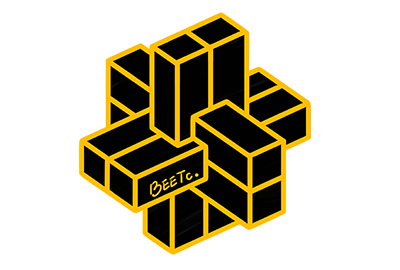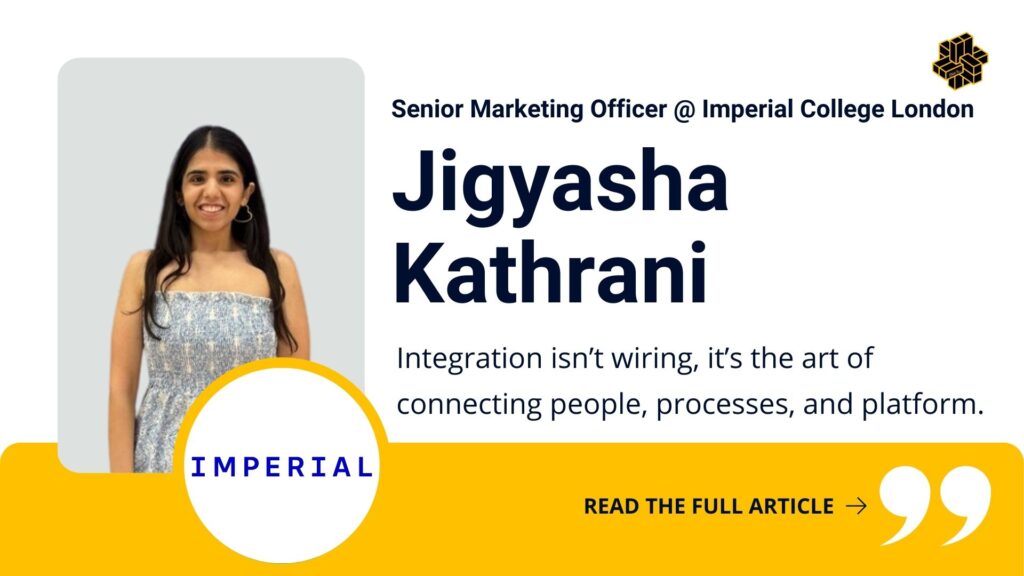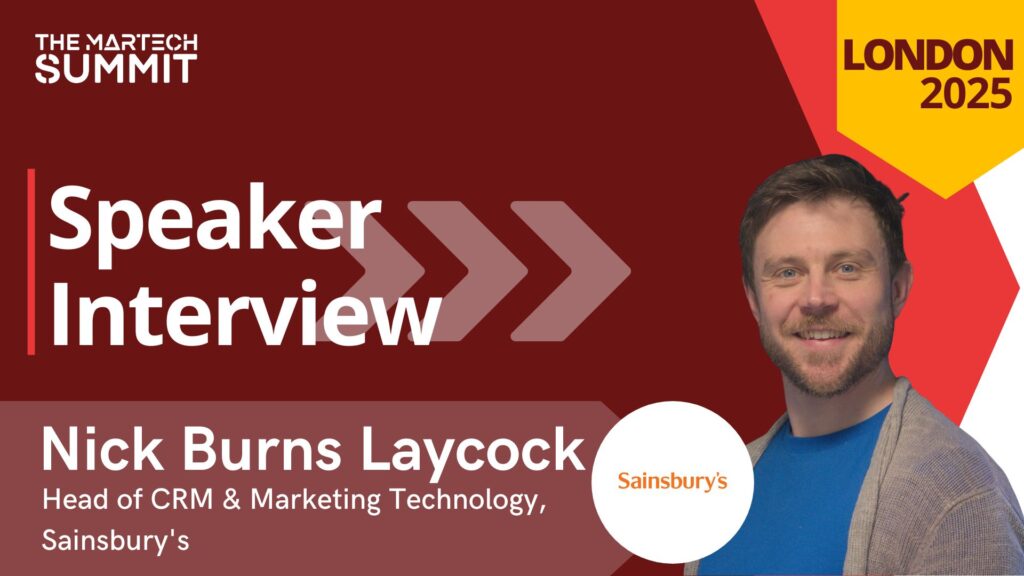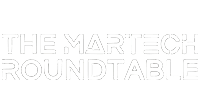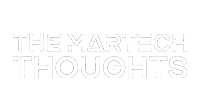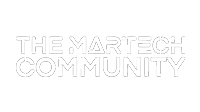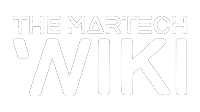In today’s digital-first world, building a personal brand is no longer optional. It’s the key to standing out, sharing your expertise, and accelerating your career in tech.

In today’s digital-first workplace, visibility isn’t vanity – it’s value. While tech professionals are often behind ground breaking innovations, their contributions frequently go unnoticed beyond internal teams. In this piece, Patricia Fernandes, Social Media Specialist at Mercedes-Benz.io, dives into why personal branding isn’t just for influencers. It’s a powerful tool for career growth, confidence, and connection. From workshops with engineers and product managers to real-world takeaways, she shares how even the most introverted tech talent can take the first step toward shaping their narrative.
About Patricia Fernandes
Patricia Fernandes, Social Media Specialist, brings a sharp eye for storytelling and a passion for helping brands craft authentic, engaging narratives. With a background in Media Studies and Marketing, she has developed expertise in social media strategy, content creation, and personal branding. At Mercedes-Benz.io, Patricia drives brand engagement while also supporting DEI initiatives and leading personal branding workshops tailored for tech professionals. A tech enthusiast and creative thinker, she combines heart and discipline to help individuals and organisations amplify their voice in meaningful ways – always with clarity, intention, and a touch of boldness.
Personal Branding for Tech Professionals: How to Boost Visibility and Career Growth
You’ve just solved a critical bug late in the day. The team celebrates you internally, and that’s where the story ends. Sound familiar?
In the world of tech, many professionals are known for their skills but remain invisible outside of their team or codebase. As someone who has worked closely with software engineers, data scientists, product managers, and UX designers, and so many others, I’ve noticed a recurring pattern: they are brilliant minds who shy away from visibility.
Often, the reasons are the same: perfectionism, fear of being perceived as self-promotional, or not knowing where to begin. It’s not about self-promotion or becoming a LinkedIn influencer. It’s about owning your narrative.
Research published by Harvard Business Review highlights that over 70% of employers screen candidates using social media platforms. At the same time, Pew Research data shows that only 14% of professionals use LinkedIn for work-related purposes, suggesting that many tech professionals are more passive consumers than active participants on professional platforms. In a landscape where visibility can open doors to new projects, roles, and collaborations, this gap is more than a missed opportunity; it’s a risk.
This is what led me to start these workshops. I kept meeting incredibly talented individuals who were unsure, even afraid, about speaking about their work. People whose ideas were innovative, impactful, and often ahead of the curve, but their voice didn’t match their value. I couldn’t code for them, but I could help with what I know: communication, storytelling, and my genuine will to see others shine.
In workshops I’ve led on communication and personal branding, especially within technical environments, I often start with this: If you don’t define your story, someone else will do it for you – or worse, it will go untold.
Personal branding isn’t a vanity project. It’s a tool for clarity, career growth, and connection. In a landscape shaped by AI, automation, and hybrid teams, your ability to communicate what you do and why it matters has never been more important.
Let’s break the myth that “good work speaks for itself.” In tech, the truth is: good work plus visibility creates opportunities.
Case Studies
Building Confidence from the Inside Out
Last year, I ran a series of four Personal Branding workshops for 35 tech professionals across engineering, product, and data roles. These sessions were thoughtfully designed to resonate with technical minds, with content and exercises tailored specifically to their roles and challenges.
We started by defining what personal branding is, not a marketing buzzword but a way to clarify one’s identity, values, and goals. Then we moved into practical exercises: reflective questions, content ideation, AI prompt crafting, and even reviewing examples of good (and not-so-good) posts. We built strategies around participants’ realities, not theories.
Considering we were working with tech professionals, we used a format that matched the way they process information: structured templates, prompt-based reflection, and lightweight visual examples. We explored how AI could support their visibility by not replacing their voice but amplifying it.
Behind the scenes, I refined the session format through trial, feedback, and plenty of Post-it notes. Each group came with a unique dynamic. Some were talkative and eager, others more reserved but quietly absorbing. What united them was a common hesitation: “Is what I have to say worth sharing?”.
So, I created space for different paths:
- The cautious but curious learner who needed validation and a framework.
- The technically brilliant but verbally blocked individual who thrived on structure.
- The quietly ambitious future leader who had a vision but lacked the narrative.
Participants began to realise that personal branding isn’t about inflating your image; it’s about clarifying your message. Instead of chasing engagement metrics, we focused on crafting authentic stories:
- What makes your voice unique?
- What problems are you solving that others should know about?
- How can you use tech tools to make visibility easier, not heavier?
Some updated their LinkedIn profiles or experimented with new post formats. Others drafted content strategies they could realistically commit to. A few began mentoring, submitted speaker proposals, or contributed to internal knowledge sharing.
And what stood out most was this: they trusted me to help them shape their voice. They brought their doubts, their drafts, their “is this too much?” questions. Together, we built confidence, not personas.
This wasn’t about one standout success. It was about backstage progress. Quiet confidence. Basically, it is a mindset shift. The realisation is that they could shape how others perceive their work without compromising who they are. It’s an ongoing journey, but the first step was taken. Together.
Visibility in Action: Beyond the Post
When people think of personal branding, they often imagine social media. But the benefits ripple far beyond the screen.
When a team member starts communicating their impact clearly, it builds internal trust. When they share a post reflecting on a project challenge, others within and outside their company see their expertise in context. And this clear visibility can open doors to:
- Internal recognition and new project opportunities.
- Invitations to contribute to thought leadership content or events.
- Peer-to-peer collaboration across departments.
Personal branding becomes less about “getting noticed” and more about being understood. And that understanding creates alignment, influence, and growth.
Actionable Insights & Takeaways
It is always nerve-wracking to start something, especially when we feel we are starting from “nothing”. Nothing like a few guidelines and structured questions to support you in getting your ideas into action and starting somewhere. And I’m here to support you with that – knowing where to start. So, here are five ways you can start crafting your personal brand today:
1. Start small, but start. Pick one story from your recent work, something you solved, learned, or explored – and write it down in your own words.
2. Think about your “5 Ps”:
- Personal: What’s your voice?
- Point: What do you stand for?
- Purposeful: Why does it matter?
- Prioritise: Set time aside for it.
- Profitable: Track what opportunities come your way when you’re visible.
3. Let AI help. Use prompts to brainstorm, post ideas, edit content, or overcome the “blank page” feeling. For example:
- “Act as a QA engineer explaining a lesson learned in a sprint review.”
- “Draft a short post sharing your experience moving from IC to a lead role.”
4. Create a simple rhythm. Start with a monthly visibility goal. Something feasible that you can be accountable for but motivated about:
- Post 1: Comment meaningfully on 3 posts.
- Post 2: Share a LinkedIn post.
- Post 3: Write a reflection about a challenge you overcame.
5. Share what you’d want to read. Be the voice you wish you had access to when you were starting out.
And finally, remember that:
- Your personal brand should reflect your truth, not trends.
- You don’t need to be loud – but you do need to be clear.
- The smallest step in visibility is still a step forward.
If you’re unsure where to begin, find someone who sees your potential and can help shape your story. We all need a bit of guidance when we’re starting out.
In tech, clarity is power. And your brand? It already exists. The question is: are you shaping it or leaving it to chance? Start with one story. One post. One sentence. Then, build from there.
Patricia reminds us that your personal brand isn’t a pitch—it’s your presence. In a fast-moving tech world, brilliance alone isn’t enough; it’s clarity and visibility that open doors. Through her workshops and insights, she champions a simple truth: when you own your story, you create space for recognition, connection, and growth. Whether it starts with one post, one idea, or one small step, building a personal brand is less about performance and more about being understood. Thank you, Patricia, for showing us that authenticity, not perfection, is the path to real influence.
Sources:
Harvard Business Review: Stop Screening Job Candidates’ Social Media:
Pew Research Centre: Social Media and the Workplace:
Join Us Now!
Ready to elevate your marketing strategy? Be part of our 2025 summits – where innovation, networking, and cutting-edge insights meet in vibrant cities around the world. We can’t wait to welcome you in person!
➡ Explore the 2025 full calendar here! https://beetc.io/2025-full-event-calendar-beetc/
Can’t attend in person? No problem. Join BEETc On-Screen, our On-Demand Learning Platform, for exclusive access to 500+ sessions and over 300 hours of content from global summits. Upskill at your own pace, gain actionable insights, and stay ahead in a rapidly evolving business landscape.
➡ Explore content from global summits! https://beetc.io/on-screen/
Stay up to date with our In Person Summit, Session Information, and Agenda Updates by following us on:
See more MarTech Thoughts Content/ Interview pieces here!
Last updated: May 2025
